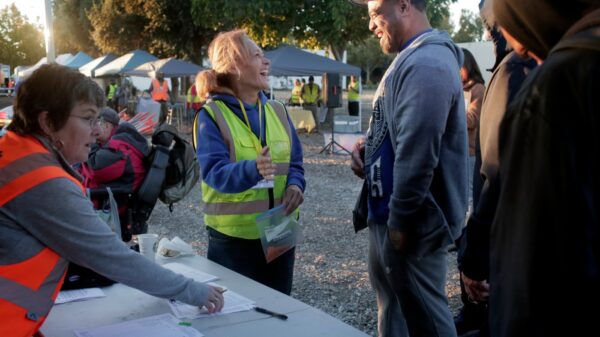California-based Astranis is making significant strides in the satellite industry by promoting the use of compact platforms designed for the geostationary market. This development comes as traditional satellite operations face increasing competition from low Earth orbit (LEO) constellations, which have rapidly gained popularity in recent years.
Compact Satellites Gain Traction
Astranis has positioned itself as a key player in this evolving landscape, focusing on smaller and more cost-effective satellite solutions. These compact satellites not only promise to reduce operational costs but also aim to enhance service delivery in underserved regions. The company’s approach represents a notable shift from conventional satellite designs that have dominated the market for decades.
The transition to compact satellites is part of a broader trend within the industry, where companies seek to innovate and adapt to changing demands. As LEO constellations offer low-latency communication and improved coverage, geostationary satellites face pressure to evolve. Astranis is responding to this challenge by developing satellites that can provide reliable internet services to remote areas while maintaining a competitive edge in pricing.
Strategic Developments and Future Prospects
The shift towards compact satellites is not merely about size; it is also about technological advancements. Astranis has integrated cutting-edge technology into its satellite designs, enabling them to operate efficiently in geostationary orbit. This technological leap allows for a more streamlined manufacturing process and faster deployment times, which are critical in a rapidly changing market.
According to industry analysts, the adoption of compact platforms could reshape the future of satellite communications. The global satellite market is projected to grow significantly, with an increasing emphasis on affordability and accessibility. Companies like Astranis are at the forefront of this transformation, driving innovation and offering solutions that cater to a diverse range of customers.
As the satellite industry continues to evolve, Astranis’s commitment to compact satellite technology highlights the potential for significant advancements in geostationary services. This new paradigm not only offers economic benefits but also has the potential to bridge the digital divide in various parts of the world.
With the ongoing developments and increasing acceptance of compact satellite technology, the future looks promising for Astranis and similar companies. As they pave the way for a new era in satellite communications, industry stakeholders are keenly observing how these innovations will impact global connectivity in the coming years.







































































